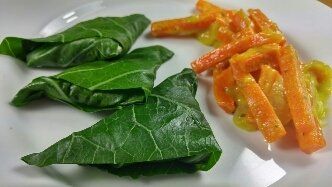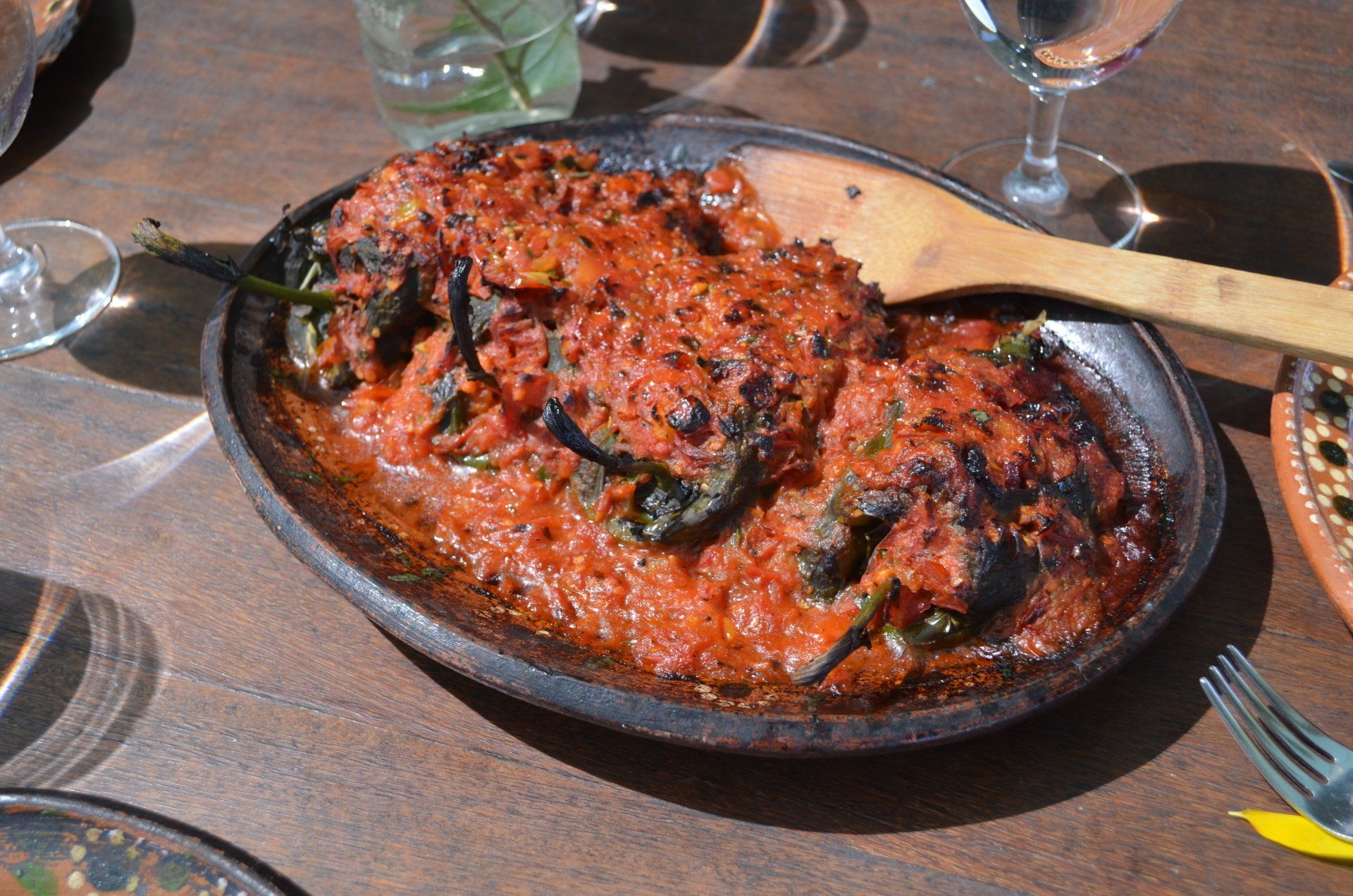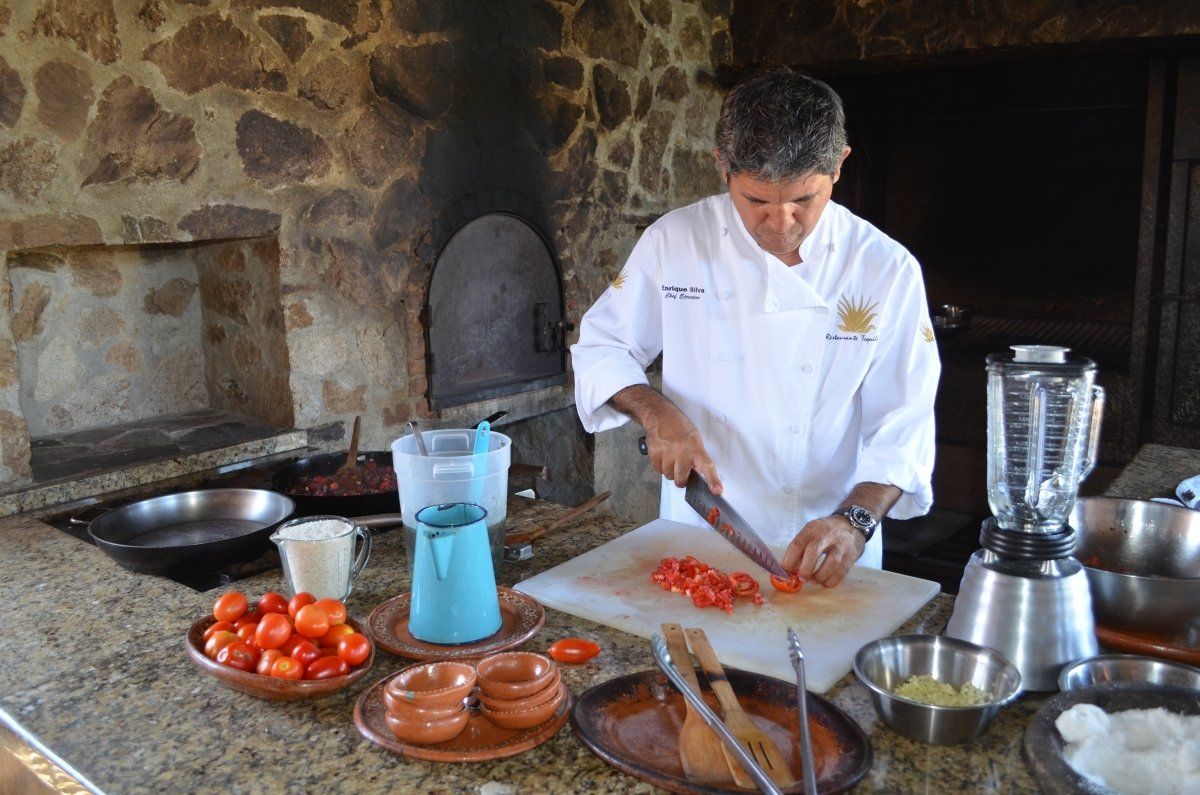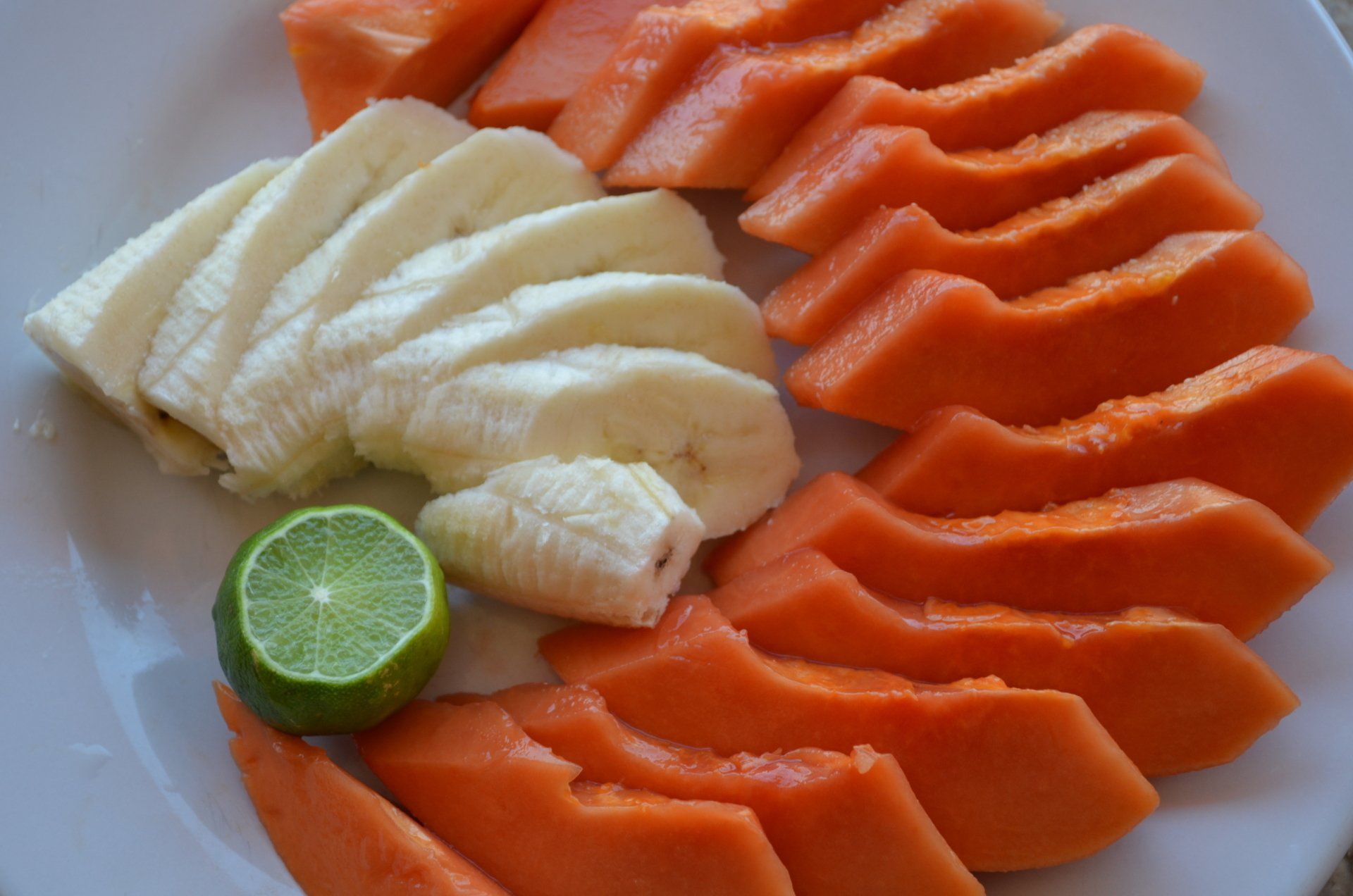Quinoa, the pseudo-grain
Quinoa
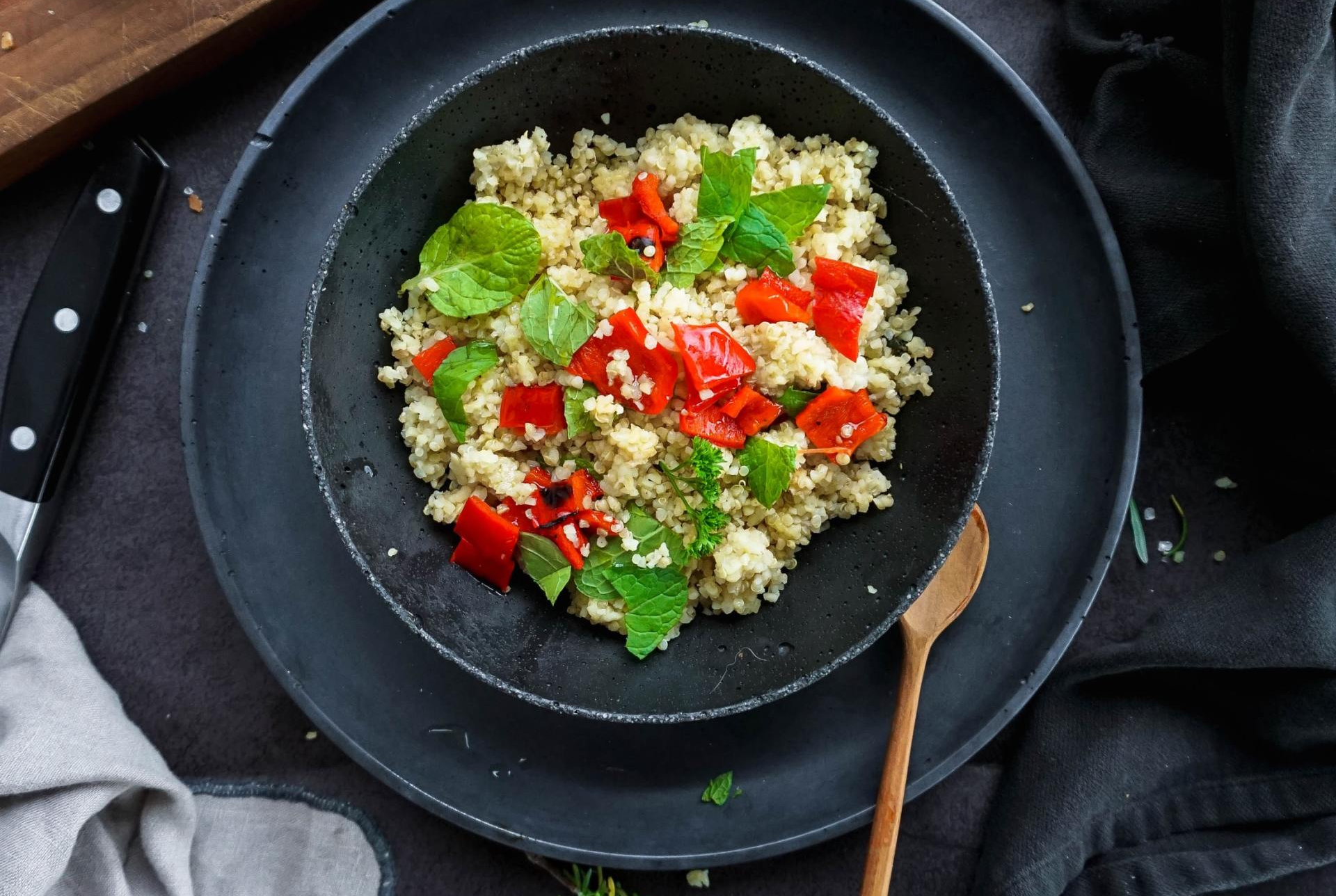
Quinoa is an ancient grain that isn't a grain. It's an edible flowering plant in the amaranth family. Amaranth and quinoa are related to beets, chard, and spinach. Eat the leaves like spinach, and the tiny seeds from the flower head are eaten like cereal grains.
The history of quinoa and its use as a food goes back to the Incas of the Andes in South America. However, for many centuries quinoa was little known and almost became extinct high in the mountains of the Andes.
But during the 1970's, quinoa was re-discovered and found to grow easily in cooler temperatures with short days. As more quinoa became available, its wonderful, nutrient-dense properties and culinary advantages were promoted. Quinoa is now quite available in many parts of the world, including North America.
A quick-cooking cereal food, quinoa should be rinsed before cooking to enhance its flavor by washing away the saponin, a chemical compound on the outside of the seeds that helps to discourage quinoa plant predators from eating the tiny seeds.
Once the “grain” is thoroughly rinsed by running cold water through the seeds deposited in a fine mesh collander, until the water runs clear and not frothy, then the seeds may be cooked without a trace of bitterness.
Place one part of quinoa and one and a half parts of water in a sauce pan. Bring the mixture to a boil. Cover the pan with a tight fitting lid, and reduce the heat to low. Cook on low for 15 minutes. Turn off the heat, being careful to leave the cover on the pot. Let the cooked “grain” steam for another five minutes. Remove the cover and fluff up the quinoa with a fork. It may be served hot or cold, and keeps in the refrigerator for 6 days.
Once you've gotten used to cooking quinoa, you'll find many different ways to incorporate this slightly nutty tasting, delightfully textured, eye-appealing super food into your menus.
All Rights Reserved |Vegan Culinary Academy
